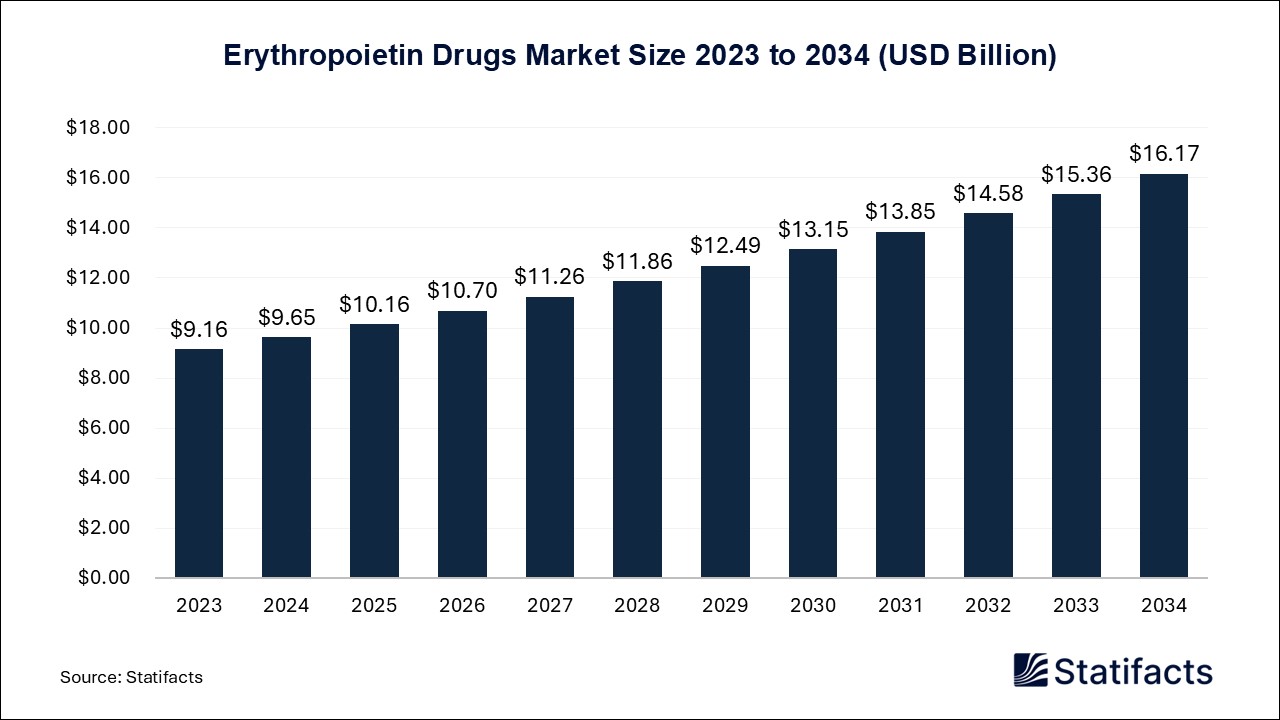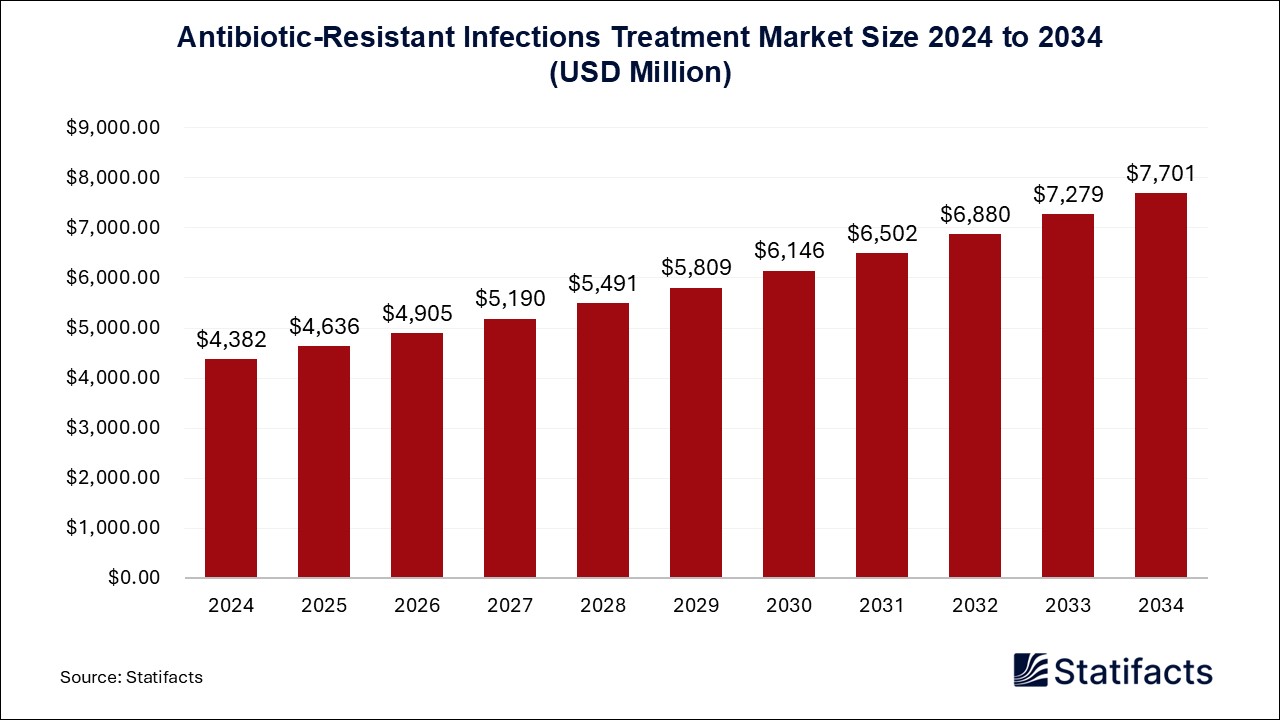Last Updated: 01 Jul 2025
Source: Statifacts
By clicking “Accept All Cookies” you agree to the storing of cookies on your device to enhance site navigation, analyze site usage, and assist in our marketing efforts.
Privacy PolicyThe global fertility market size was evaluated at USD 36.5 billion in 2024 and is expected to grow around USD 85.5 billion by 2034, registering a CAGR of 8.9% from 2025 to 2034.
| Industry Worth | Details |
| Market Size in 2025 | USD 39.3 Billion |
| Market Size by 2034 | USD 85.5 Billion |
| Market Growth Rate from 2025 to 2034 | CAGR of 8.9% |
The fertility market circumscribes the concept of fertility, which means the ability to conceive a child naturally. This market comprises assisted reproductive technology (ART) treatments alongside fertility medications and mental health services for fertility treatment support. Advances in technology are helping people fulfil their dream of becoming parents.
The market is committed to helping out couples who face any problems concerning infertility, primarily because of the assumption that women are mostly responsible for sterility. The statistics, though, imply that one-third of women and one-third of men are accountable. The other couples, including both partners or the unknown cases, face this issue. Genetic anomalies and prolonged childbirth, along with STIs or sexually transmitted infections, are some of the common reasons why infertility occurs.
Around 10-15% of couples are affected due to the inability to have a child in the United States. The report issued by the Centers for Disease Control and Prevention discovered that tubal infertility affects 18 % of U.S. couples who have given assisted reproduction a try.
Artificial intelligence (AI) can alter the personalization of ovarian stimulation protocols by influencing gigantic datasets and advanced analytical procedures. Advances in AI, mostly in machine learning (ML) and deep learning (DL), are proving to improve the precision and effectiveness of these protocols. Originating customized treatments for patients with infertility is possible due to the advent of Artificial Intelligence, by replacing conventional methods, pushing the fertility market further.
Reassuring the buildup of a positive mindset about fertility, Dr. Murdia said, "By fostering collaboration among individuals, healthcare professionals, and organizations, society can significantly reduce the stigma surrounding infertility and provide essential support to affected families. This unified approach is vital in creating a supportive environment for those facing fertility challenges and ultimately achieving freedom from the burden of infertility."
The global fertility market is experiencing significant growth, with North America maintaining its position as the foremost region while Europe emerges as the fastest-growing market. In the APAC region, countries such as India and Japan are driving growth in the space.
North America
In 2024, North America held an abundant share of the fertility market. This dominance is attributed to the government taking initiatives for cost-friendly treatment of patients in the region.
Europe
Europe is experiencing significant growth in the market. The major contributory factor behind the same being an extreme downfall in fertility rates within the region, especially in Malta, which was 1.06 live births per woman.
APAC
The Asia Pacific (APAC) region is anticipated to see speedy progress in the fertility market. The countries like South Korea, India, and Japan are among the fastest-growing ones within APAC.
The market is highly competitive, with the best companies like FUJIFILM IRVINE SCIENTIFIC, Progyny Inc., Vitrolife AB, INVO Bioscience Inc., OvaScience Inc., Cook Medical, and Merck KGaA (MRKC.F) holding the largest chunk of market share. Developing biotech firms also play a crucial role in fostering a lively and budding competitive landscape.
The market is dominated by quite a few pharmaceutical companies renowned for their noteworthy contributions to research and treatment relating to fertility. Based on recent data, the top three leading companies are:
The annual revenue of FUJIFILM Holdings Corporation was $2,960,916,000 in 2024.
The yearly revenue of Progyny, Inc. took a leap from $1,088,598 in 2023 to $1,167,221 in 2024.
The gross profit of Vitrolife AB rose from $1,977,000 in 2023 to $2,139,000 in 2024.
Published by Kesiya Chacko
Last Updated: 01 Jul 2025
Source: Statifacts
Last Updated: 01 Jul 2025
Source: Statifacts
| Subsegment | 2024 | 2025 | 2026 | 2027 | 2028 | 2029 | 2030 | 2031 | 2032 | 2033 | 2034 |
|---|---|---|---|---|---|---|---|---|---|---|---|
| Fertility Clinics | 23.97 | 26.08 | 28.47 | 31.19 | 34.27 | 37.82 | 41.81 | 46.27 | 51.24 | 56.80 | 63.01 |
| Hospitals | 9.27 | 9.77 | 10.33 | 10.95 | 11.64 | 12.42 | 13.27 | 14.19 | 15.17 | 16.22 | 17.35 |
| Clinical Research Institutes | 3.29 | 3.42 | 3.57 | 3.73 | 3.90 | 4.10 | 4.30 | 4.51 | 4.73 | 4.95 | 5.17 |
Last Updated: 01 Jul 2025
Source: Statifacts
| Subsegment | 2024 | 2025 | 2026 | 2027 | 2028 | 2029 | 2030 | 2031 | 2032 | 2033 | 2034 |
|---|---|---|---|---|---|---|---|---|---|---|---|
| Fertility Clinics | 23.97 | 26.08 | 28.47 | 31.19 | 34.27 | 37.82 | 41.81 | 46.27 | 51.24 | 56.80 | 63.01 |
| Hospitals | 9.27 | 9.77 | 10.33 | 10.95 | 11.64 | 12.42 | 13.27 | 14.19 | 15.17 | 16.22 | 17.35 |
| Clinical Research Institutes | 3.29 | 3.42 | 3.57 | 3.73 | 3.90 | 4.10 | 4.30 | 4.51 | 4.73 | 4.95 | 5.17 |
To get full access to our Market Insights, you need a Professional Account or a Business Suite.

You will receive an email from our Business Development Manager. Please be sure to check your SPAM/JUNK folder too.

You will receive an email from our Business Development Manager. Please be sure to check your SPAM/JUNK folder too.

Our customers work more efficiently and benefit from



iridium-(i)-market.jpg)